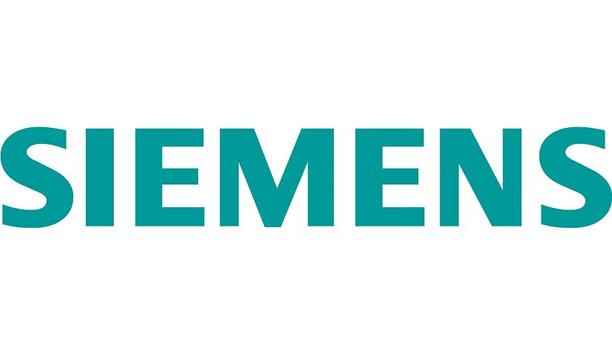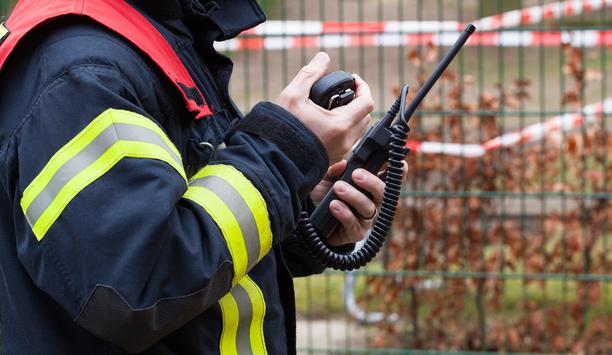It is the legal duty of the responsible person in any building to make the evacuation of disabled people equal to that for able-bodied people, as Anthony Smith, Managing Director of Vox Ignis, explains. When the Disability Discrimination Act (DDA) was first introduced in 1995, it gave disabled people long overdue access to goods and services, education, employment, transport and accommodation. This was, subsequently, incorporated into the Equality Act in 2010.
Evacuation of mobility impaired people
Sadly, despite its many benefits in access to goods and services, one area the act failed to address was the evacuation of mobility impaired people, in the event of an incident, leading to the Government and Disability Rights Commission to publish a guide of supplementary information for the fire risk assessment for Disabled People in 2007.
The guide highlighted that the Fire and Rescue Service’s role in fire evacuation is that of ensuring that the means of escape, in case of fire and associated fire safety measures provided for all people, who may be in a building, are both adequate and reasonable, taking into account the circumstances of each particular case.
Fire risk assessment of buildings
It is the responsibility of the person(s) having the responsibility for the building, to provide a fire safety risk assessment
Under current fire safety legislation, it is the responsibility of the person(s) having the responsibility for the building, to provide a fire safety risk assessment that includes an emergency evacuation plan for all people likely to be in the premises, including disabled people and how that plan will be implemented.
As a member of BSI FSH/12/5, which covers Voice Alarm and Emergency Voice Communication Systems, and as Managing Director of Vox Ignis, a manufacturer of disabled refuge and fire telephone systems, Anthony Smith has long lobbied for the amending of BS9991 and Building regulations approved document B1, to make it compulsory for dwellings above one floor to have disabled refuge areas, with an Emergency Voice Communications System (EVCS), as commercial buildings, ensuring residents can communicate with building management, in the event of an incident, such as fire.
 |
| As a member of BSI FSH/12/5, Anthony Smith has long lobbied for the amending of BS9991 |
Clear and secure communications vital in emergencies
In such emergencies, it is vital that communication is clear, secure, monitored and maintained. These systems can be the difference between life and death.
In the wake of the Grenfell disaster, many in the industry, including Anthony Smith, believed it would only be a matter of time until such critical amends were made. However, four years on, it looks as though the industry, fire services and general public may finally be seeing their persistent rallying result in action, transforming this outdated mandate.
Importance of refuge areas in buildings
Lifts, escalators and platform lifts may have transformed the way that people with mobility issues access buildings
While responsible building owners and there are some out there, are already establishing refuge areas in dwelling houses, the revision of BS9991 in the next year, could finally spell the end of such crucial health and safety measures being optional, and make it a requirement for residential buildings, but it will take a change to the Building Regulations Approved Document B1 to change the law.
Lifts, escalators and platform lifts may have transformed the way that people with mobility issues access buildings. However, more often than not, they are completely redundant in an emergency, which is why refuge areas hold the key to ensuring the safe and orderly evacuation of people from buildings, in the event of a crisis.
Key role in promoting disabled refuge areas
Here at Vox Ignis, we’ve witnessed this first hand. Working with property developers across the globe, we’ve helped establish disabled refuge areas, in a wide range of developments, from skyscrapers to hotels and high-rise residential towers, and are starting to be involved in projects in this country with residential towers, notably in Croydon.
Although, in both of those instances, the client wasn’t bound by law to include EVCS for the disabled refuge areas in their developments, it goes to show that many forward-thinking and responsible developers are already embracing the latest in evacuation and fire safety technology, however, as an industry and as a nation, we can ill afford to rest on our laurels.
Of the 72 people who died in the tragic Grenfell fire disaster, more than half of the casualties were adults with limited mobility or children, according to evidence shared in the latest phase of the inquiry, and we can only hope that, if the proposed revisions to BS9991 are approved, and Approved Document B1 is amended, we can finally put the relevant measures in place, in order to make high-rise residential buildings safer for all, once and for all.


















